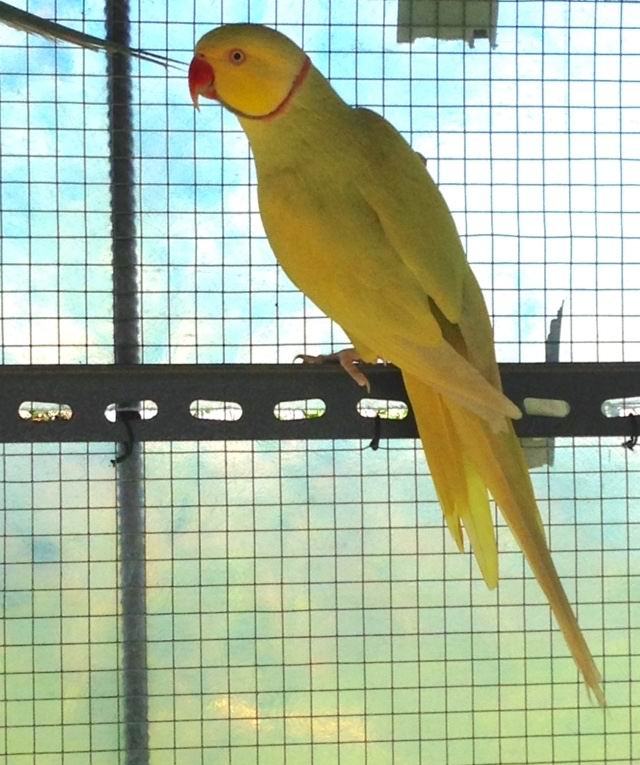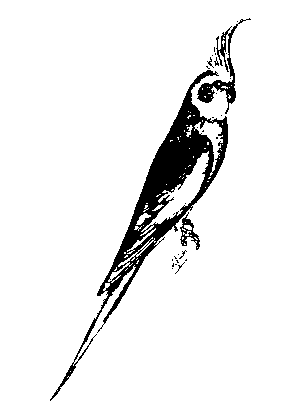Modello corrispondente dpallo standard di un calopsite "standard type", o "maggiorata", ovvero la varietà da esposizione nel nord Europa e in America.
Vi riporto inoltre alcuni stralci interessanti:
"Il calopsite è un uccello lungo, con graziose proporzioni e un buon portamento. Dalla sommità della testa al groppone, dalla curva della spalla alla punta delle ali e dal groppone fino al culmine della coda dovrebbe misurare idealmente 7" (18 cm).
In generale dovrebbe presentarsi un uccello di 14" (35 cm) con una cresta di 3" (7 cm), pertanto la totalità della taglia dovrà essere 17" (43 cm).
L'animale dovrà dimostrarsi eretto e mantenere col posatoio un angolo di 70°"







 Rispondi quotando
Rispondi quotando






